Ingredient: Za’atar
Sep 13, 2011, Updated Apr 07, 2021
This post may contain affiliate links. Please read our disclosure policy.
The spices that flavor Lebanese cuisine all line up behind za’atar, the leader of the pack. This blend of dried thyme (za’atar means thyme in Arabic), sumac, and sesame seeds tastes of bold, citrus notes. Thyme gives za’atar its green color, sesame its toasty nuttiness, the sumac its sourness (but I mean that with affection).
For me, as I suspect for many, za’atar was an acquired taste, but like many acquired tastes—raw oysters, bleu cheese, scotch on the rocks—the acquisition is well worth having and keeping. The taste opens my mind’s eye to the Lebanon I have never met as of yet, tying me to a sense of the place, and to myself, in ways that photos, stories, or the news never could.
Za’atar combined with olive oil makes a topping for savory rounds of thick Lebanese bread, typically eaten for breakfast. I have been on a quest to understand, bake, and of course to eat za’atar talami, or man’oushe. It is sublime.
You can find za’atar at Middle Eastern grocery stores or at MaureenAboodMarket.com here. Homemade za’atar is not going to impart true za’atar flavor unless you can find dried wild thyme, which is not typically available retail. Standard dried thyme is a different flavor than is used for za’atar.
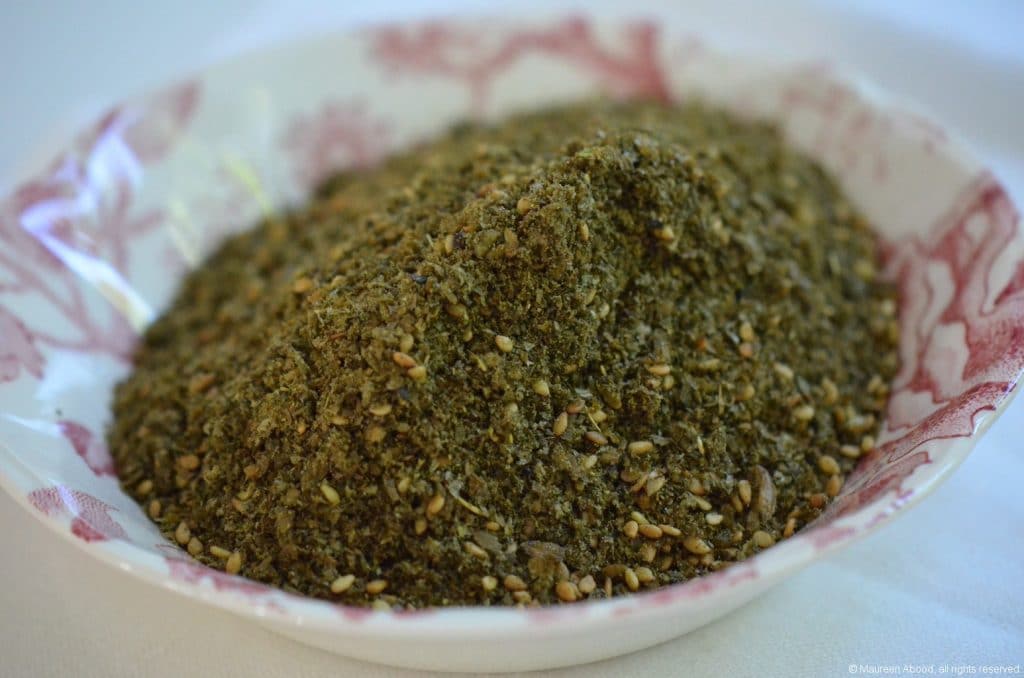
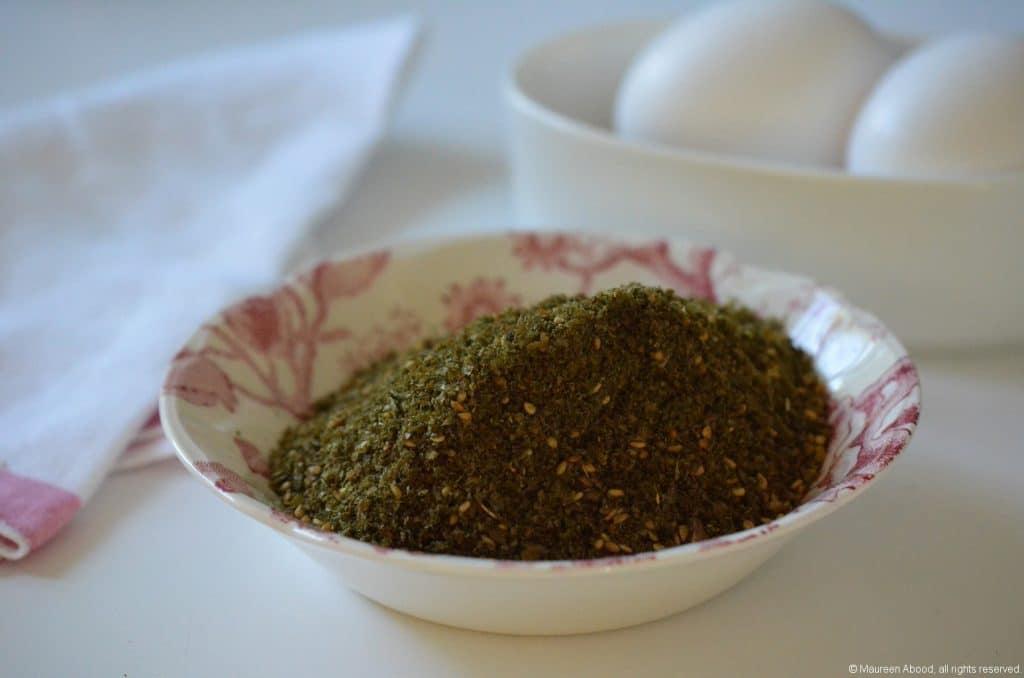
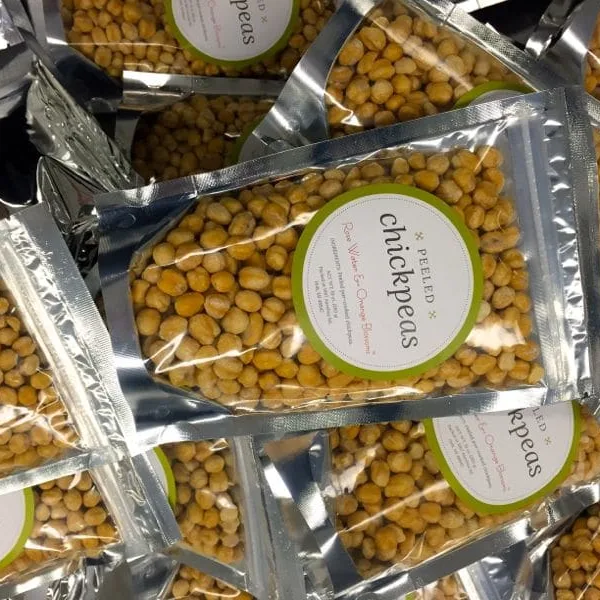
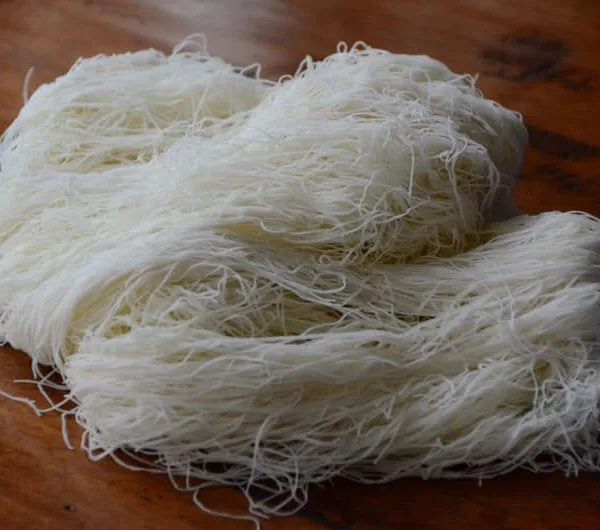
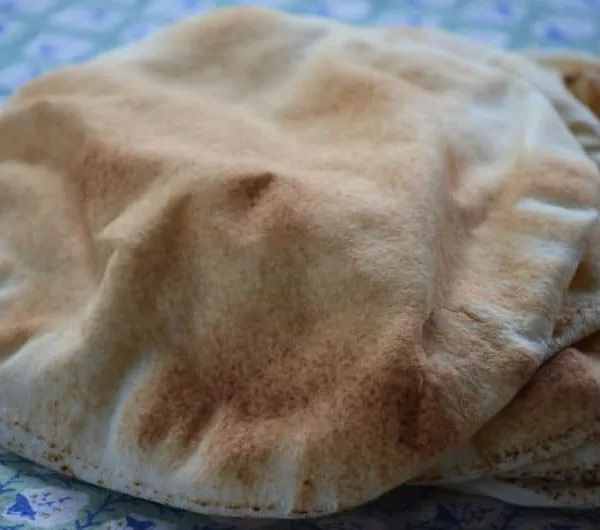
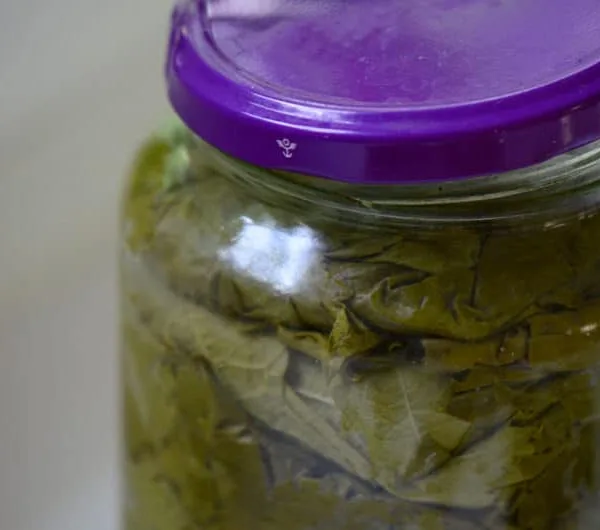







Sorry I dropped my cheerios with milk and heart of palms and it got into the keyboard and they are sticky even though I cleaned it, but hence the above mess. Can I have ingreidents of sumac too.
Lilliana, that’s funny! Za’atar is a blend of sumac, sesame seeds, and wild thyme (I find only imported Lebanese wild time imparts the classic za’atar flavor). Sumac is a powder made from the sumac berry, and it is the only ingredient other than sometimes salt in sumac.
wow, I am glad that you all know about za’atar, I had some this morning for breakfast with Italian bread and sweet hot tea, I dip the bread in Olive oil and then dip it in za’atar, taste great with hot tea.
Your za’atar looks more green than mine, did I make a mistake? I did a ratio of 1:1 except for the salt. I used dry thyme leaves. Should I have ground them first.
Thanks for this great website! I live in burbs of Chicago and can not find a good middle eastern restaurant around. My local Tony’s grocery store however has an isle full of all of the ingredients necessary to make some of your recipes 🙂
Jullie
Julie, maybe the thyme is a different variety? Nice that you are mixing your own!!
I have sumac, thyme, sesame seeds, and coarse salt at home, so I’d like to try making my own. Should I mix everything in a 1:1 ratio?
Yes, try the 1:1 ratio, except for the salt; keep that at half the other amounts. I’ve seen several recipes that call for slightly less sumac but I like the 1:1 combo. You can also make a small amount using 1:1, taste and then adjust. Let me know how it comes out! Great that you are going to make your own—
Thanks! I”ll give it a shot soon.
It’s so great that you’re writing about za’atar right now! I found a recipe that sounds so good for za’atar chicken that I’m going to try tonight. Unfortunately the only za’atar that I have isn’t quite as good as this one looks. I need to find where I can get less than a 2 lb bag around where I live.
We had zaatar at the breakfast table (mixed with olive oil) and from as far back as I remember, would dip a piece of bread in it after dipping into the labneh!